Kleptoplasty is a fascinating biological adaptation. This is when one organism engulfs another organisms evolutionary ideas and repurposes them for its own survival. The classic case is the adoption of another organisms chloroplasts seen in some sea slugs eating algae. These chloroplasts have a hard time maintaining themselves without the algae’s nuclear genes. This results in a temporary theft that always need more feeding. Its an ephemeral theft but on shaky ground.
We have seen such kleptoplasty occur with critiques of our own paper. They have taken the very limitations we state in the paper and attempted to weaponize them against us. The first of these arguments is that the RNA/DNA ratio in the vials may shift over time if one nucleic acid decays faster than the other.
Lets torture test this concern we raised and see where it lands.
On March 29th, we posted a substack looking at the DNA and RNA quantities in 8 monovalent Pfizer vaccines with qPCR ad RT-qPCR. This work was met with either fanfare or vitriol. This work used 1:100 diluted vaccines.
Given natural RNA degrades faster than DNA, and we didn’t have provenance of the vials sent to us, perhaps the ratio of the DNA/RNA changed overtime. This would impact the EMAs ratiometric 330 ng/mg DNA/RNA guideline but not the FDAs 10ng guideline.
While RNA degradation might be true for natural RNA, N1-methyl-pseudouridine RNA is RNase-L resistant. Despite internet lore, RNA is a very stable molecule. We have circular RNA viroids in the Cannabis field that can withstand a propane torch for 6 seconds and still be infectious. They can last 5 weeks at room temp in a grow room saturated with high intensity lighting, 75°F, and high humidity.
The reason RNA has a bad rap for degradation is because RNases are so ubiquitous in labs. Humans have RNases on their hands and likely exhale them in exosomes.
Heat (80°C) in the presence of metals (magnesium) can fragment some RNA.
But when the RNA is modified to inhibit RNases and is stored in sterile glass vials protected by LNPs, the RNAs are very stable.
Contrarians will cite Pfizer and Moderna’s panic over the cold chains as being evidence that RNA is spontaneously degrading as if it has a radioactive half life.
But LNPs are protective coats. Even 64 days at 4°C in liquid storage and no decay.
This cold chain requirement was not because of the RNA stability but because the LNPs can form syncytia at higher temperatures and some of the early Pfizer buffers (PBS) could form aldehydes with increased temperature and those aldehydes could modify RNA. These have since been replaced with Tris based buffers.
So this might lead one to ask, how does Pfizer measure the RNA integrity?
With electrophoresis.
Which is precisely what we ran once these vials arrived post shipment. The degradation doesn’t look any more extreme than the released lots for use.
And we need to keep in mind that the expiration dates on these vials were routinely expanded.
What most of the degradation debunkers are oblivious to, is that the qPCR tools we used in our paper are very insensitive to degradation as it amplifies a very small 100bp target. You need to degrade the RNA to such an extreme size (4.2Kb →90bp) before qPCR starts to register a loss of material.
But just to put these pipette-free arm chair quarterbacks in their place, we can prove it. They seem adverse to ever picking up a pipette on this topic.
Upon arrival in March, the samples were RT-PCR’s and qPCR’d.
Portions of these vials were stored at -20°C and 4°C until June 13th, 2023. 77 days at 4°C vs -20°C.
To avoid any DNA/RNA purification biases, 2µl of these vaccines were directly added to a 20µl RT-qPCR reaction. Red = 4°C stored spike. Blue is 20°C stored spike. Orange is 4°C stored vector arrays and Green 4°C stored vector assay.
And when you look at this with qPCR, we have superimposed orange and green curves and superimposed Blue and Red curves.
This shouldn’t be a surprise to anyone who is involved in paleogenomics. Many moons ago our lab in Beverly was involved in sequencing the 5,300 year old Otzis genome.
While Otzi is known as the Iceman, that is only partially true from a genomics perspective. He was discovered partially exposed to the elements in 1991 in a pool of water and ice. Yet DNA was easily obtained to sequence his genome. How is this possible? SOLiD sequencing relies on 100-300bp pieces of DNA. The platform is fairly insensitive to degradation as the library construction protocols are going to fragment the DNA to 100-300bp sizes before emulsion PCR anyway. This is true for qPCR assessments of the vaccine vials. Unless these vials are put into a sonicator and sheared to below 90bp in size, the degradation will not impact quantitation.
In summary, the arguments regarding tamper resistant, sealed and sterile vaccine vials degrading nucleic acids upon shipment or expiration is easily addressed and dismantled.
1)Agilent Tape Stations don’t show evidence of this degradation with vials upon arrival.
2)qPCR and RT-qPCR of vials stored for 77 days at 4°C and -20°C give similar CT scores.
3)qPCR is very insensitive to degradation as the molecules have to degrade to below the size of the qPCR amplicon (90bp) for you to notice a decay in CTs.
The arguments that expiration of vials can spontaneously create a plasmid contamination are ludicrous.
While the detractors argumentative keptoplasty is overt, it eventually runs out of gas and needs to find new supplies..



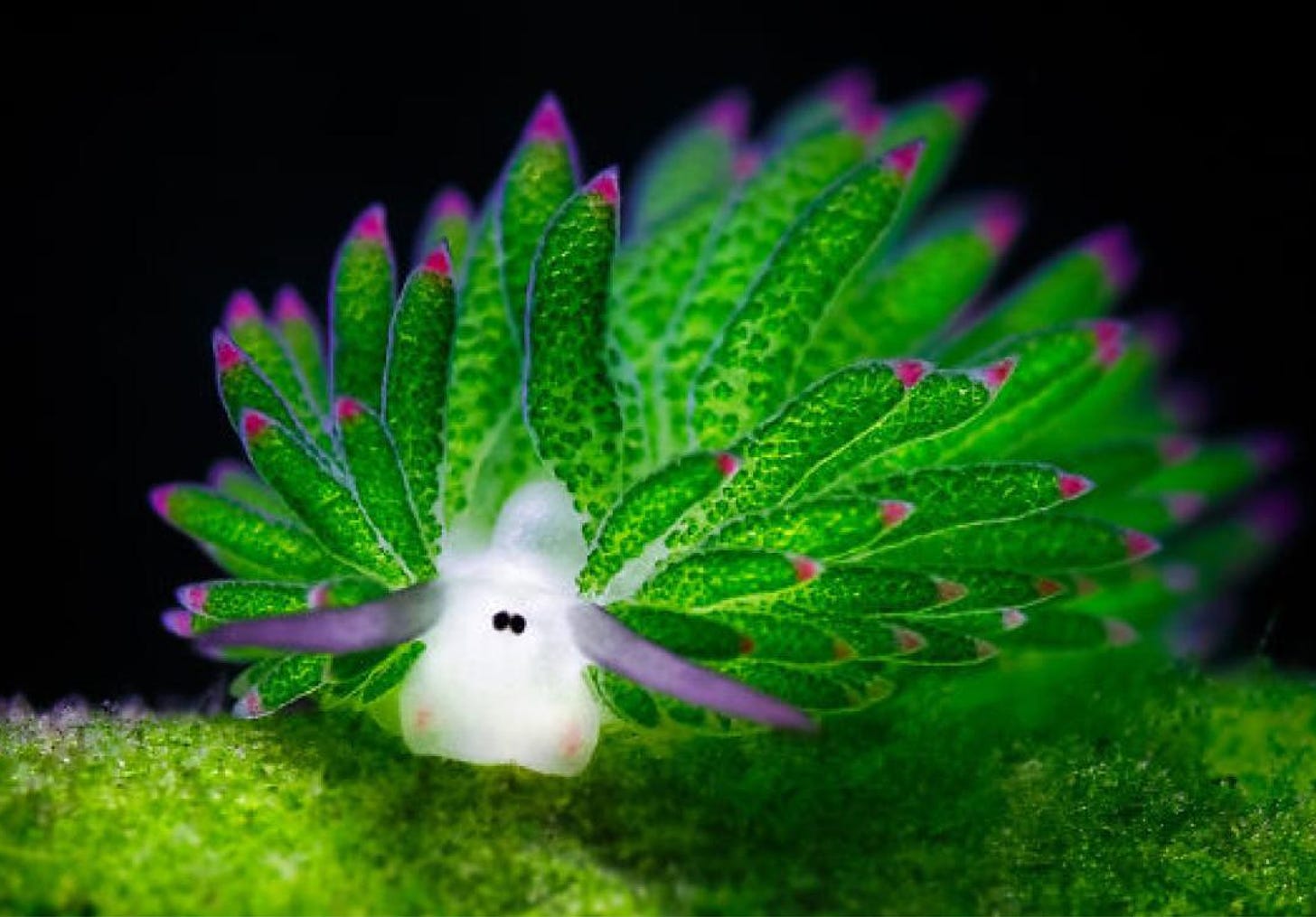
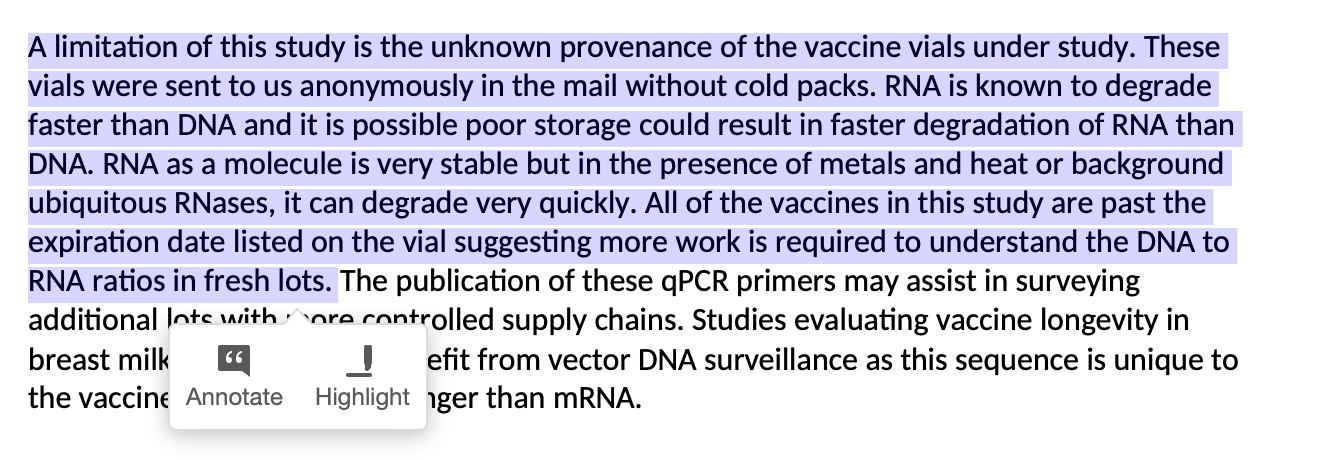
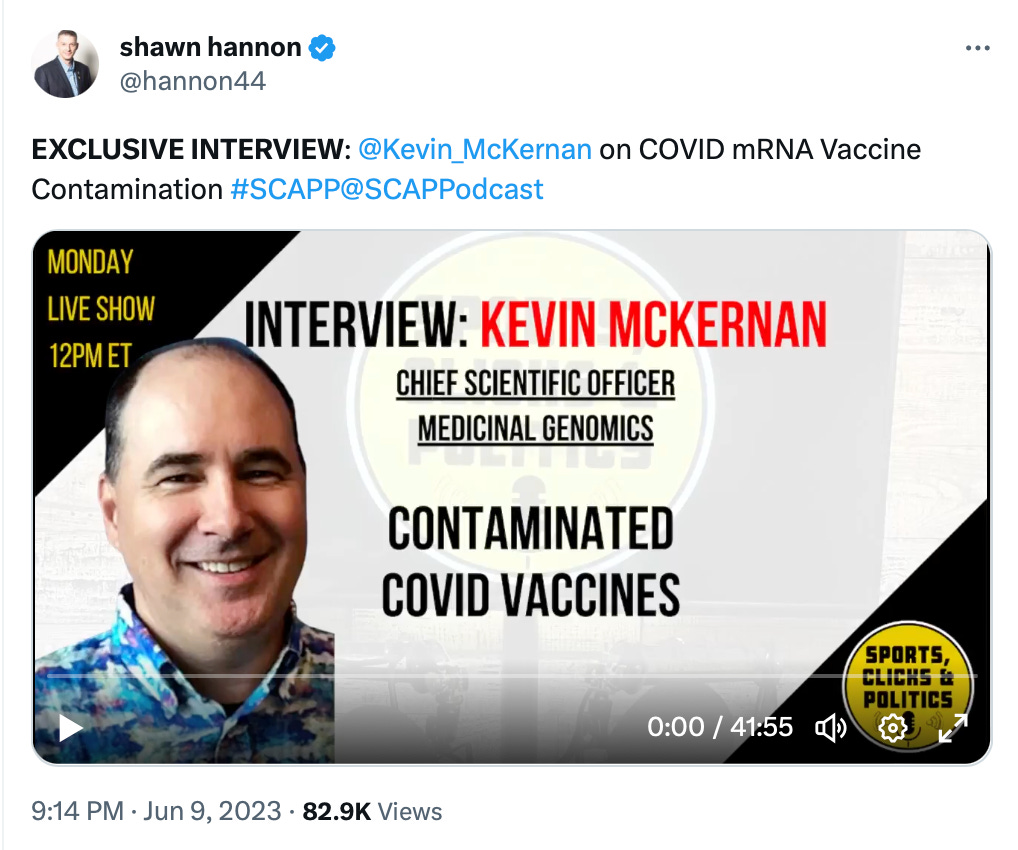

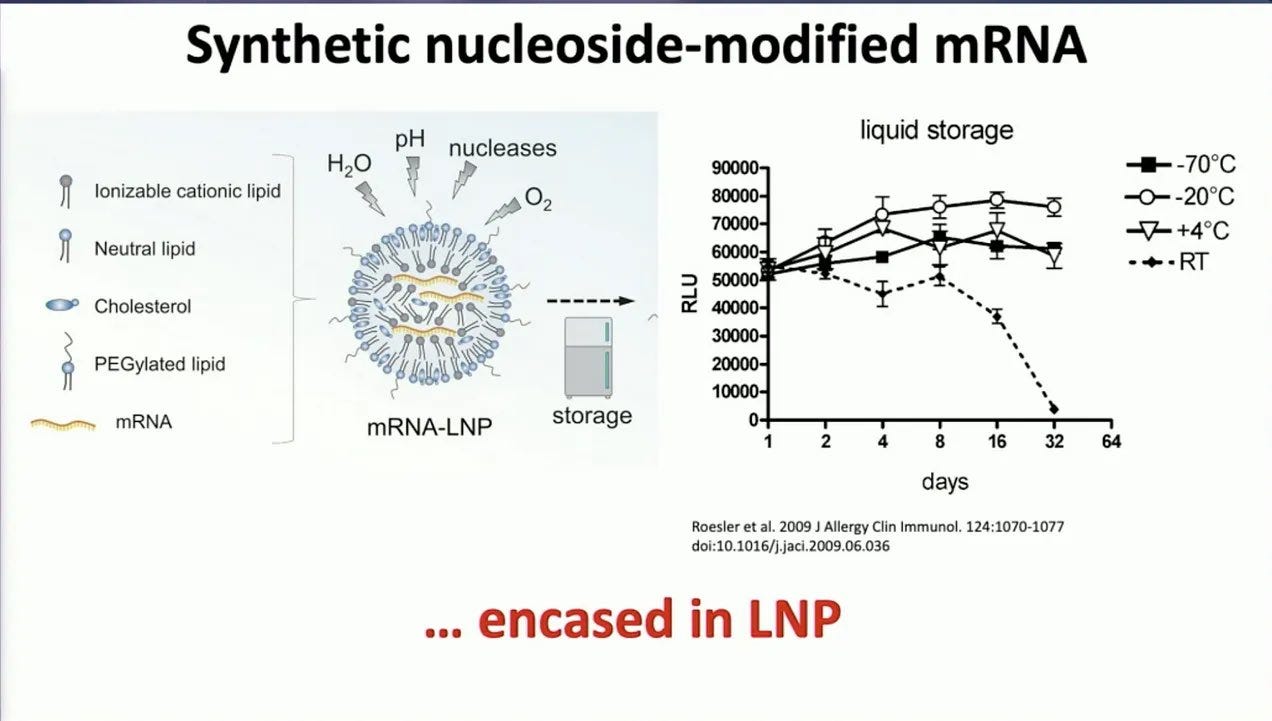
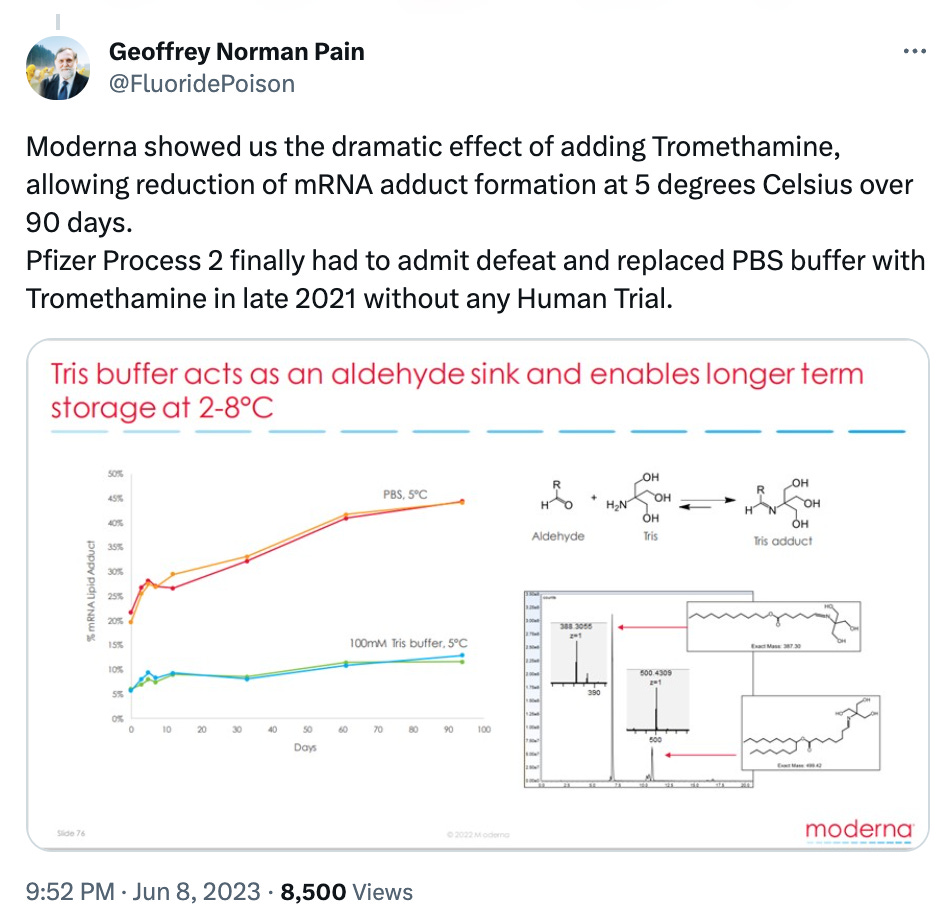
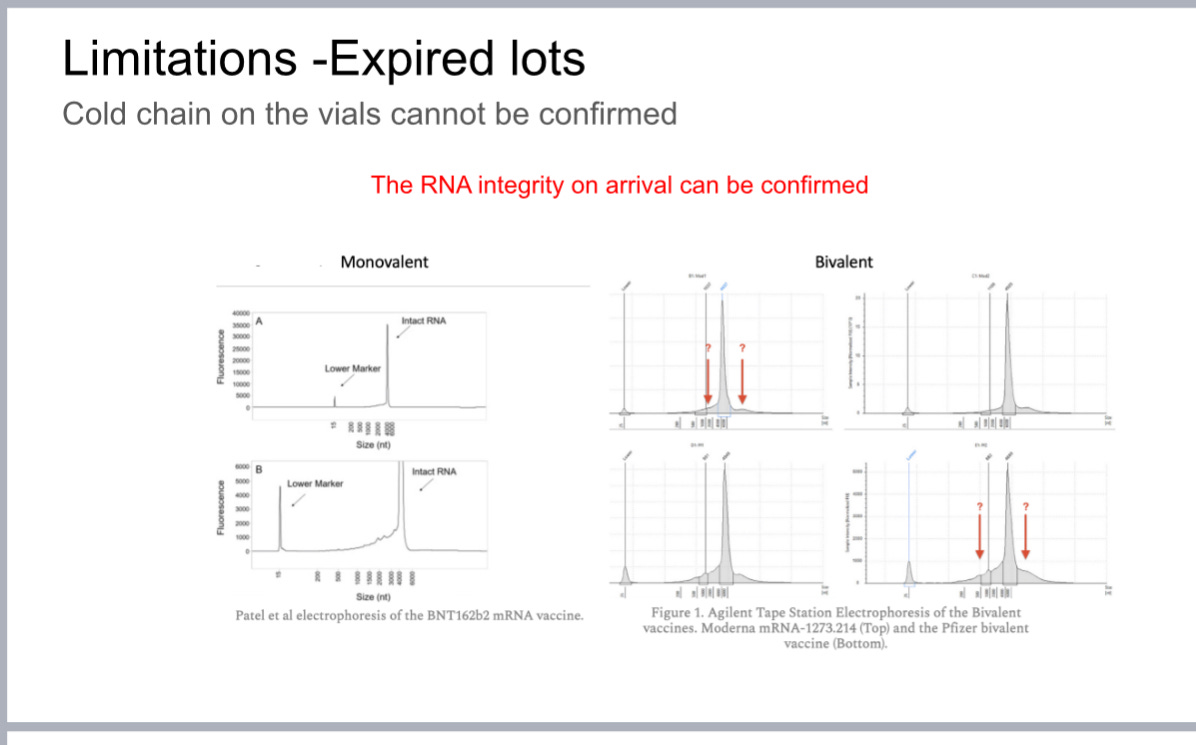

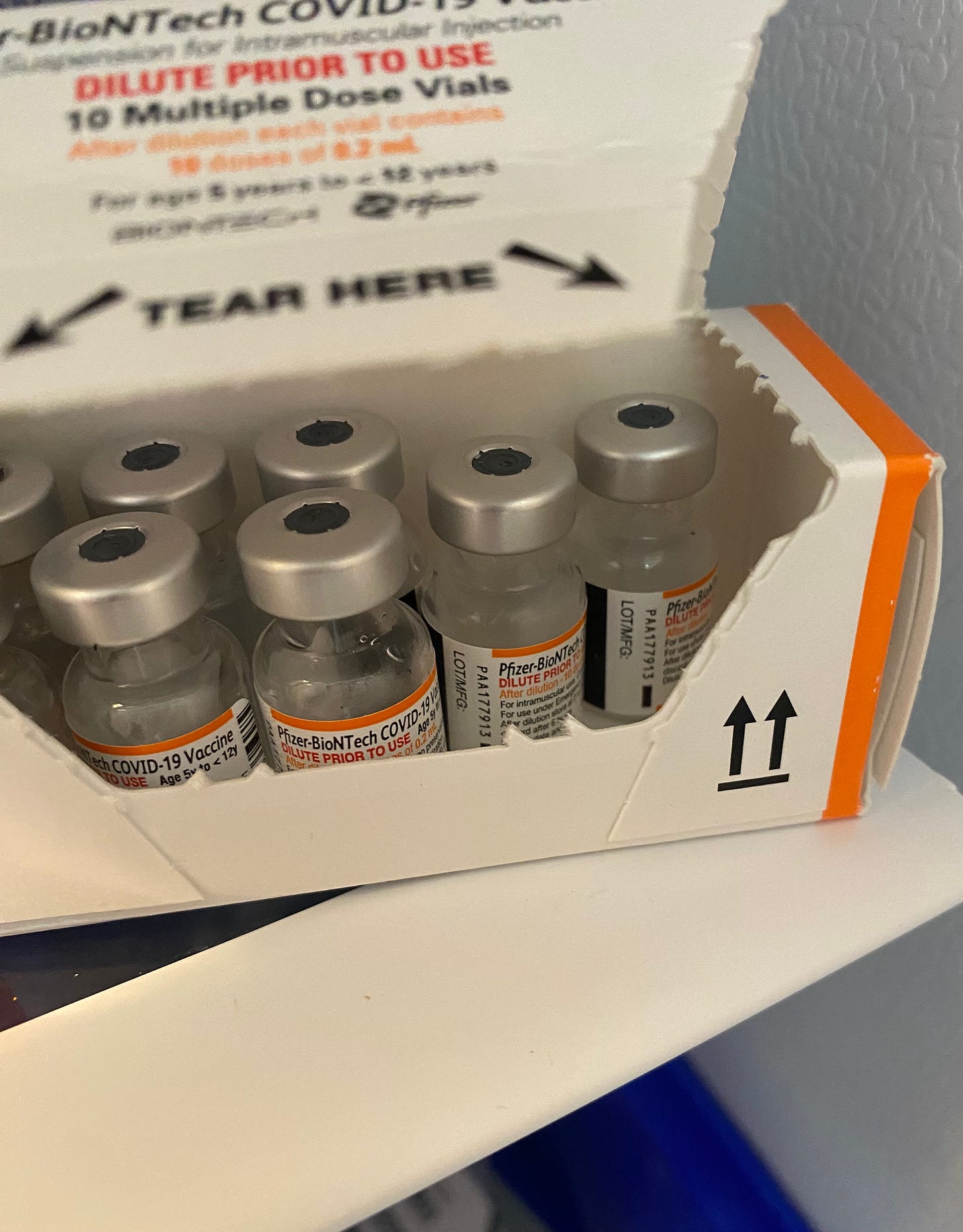
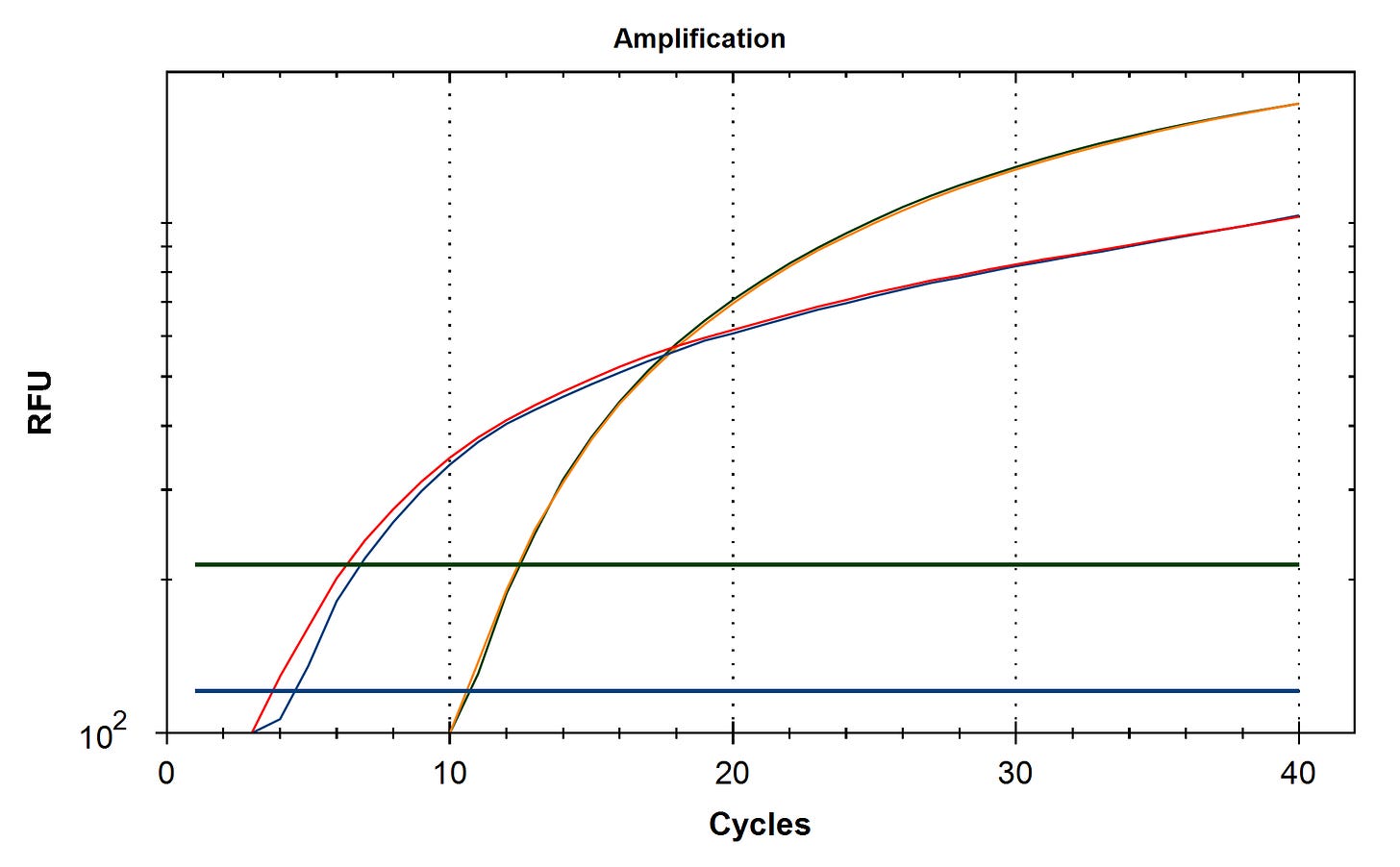
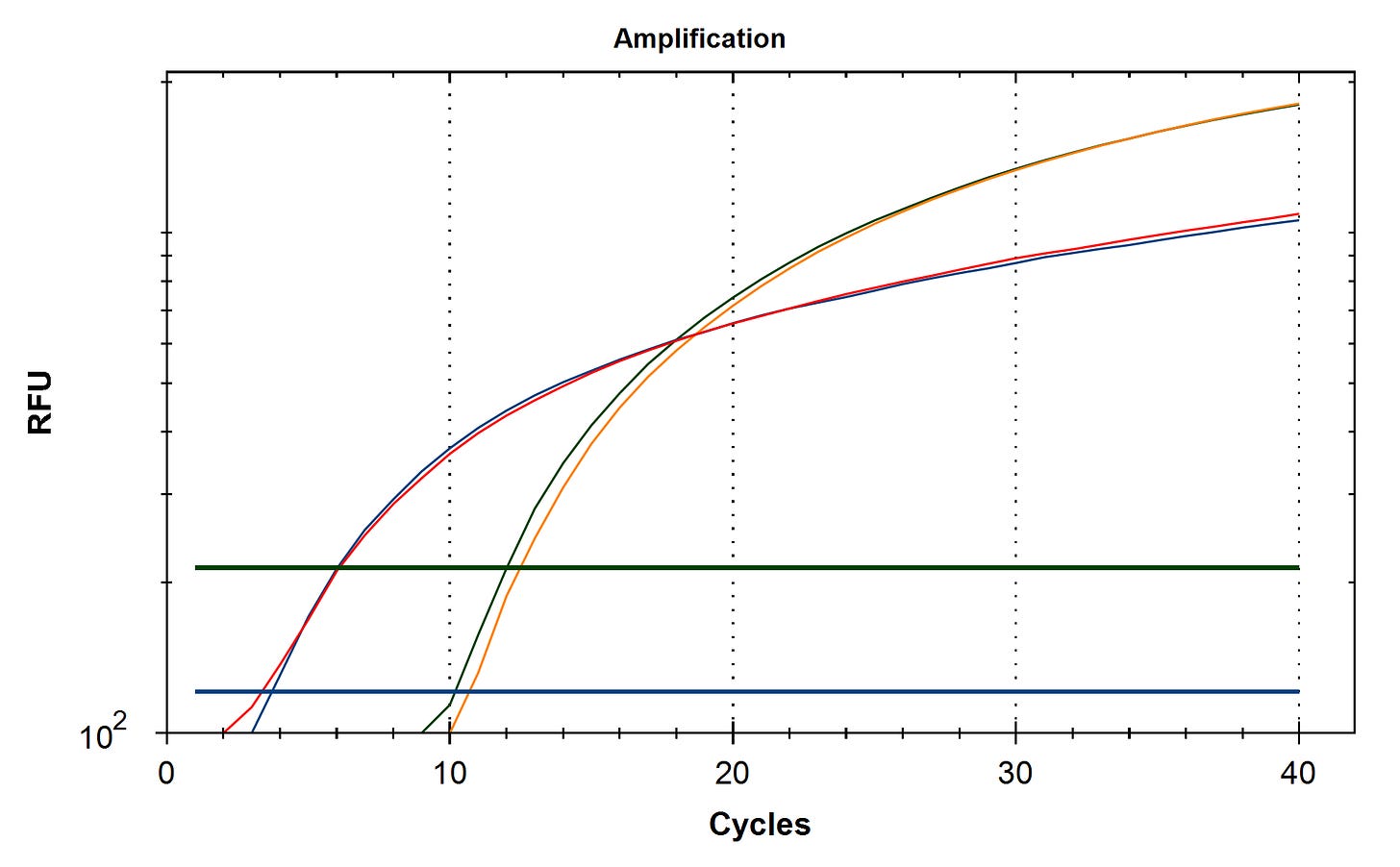

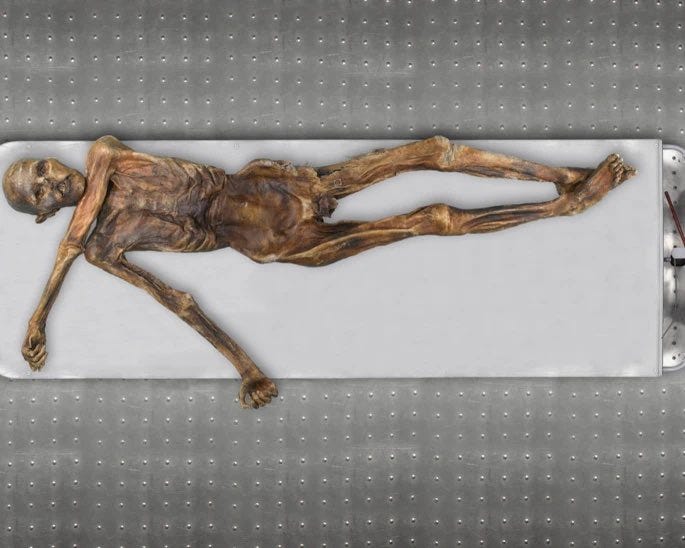
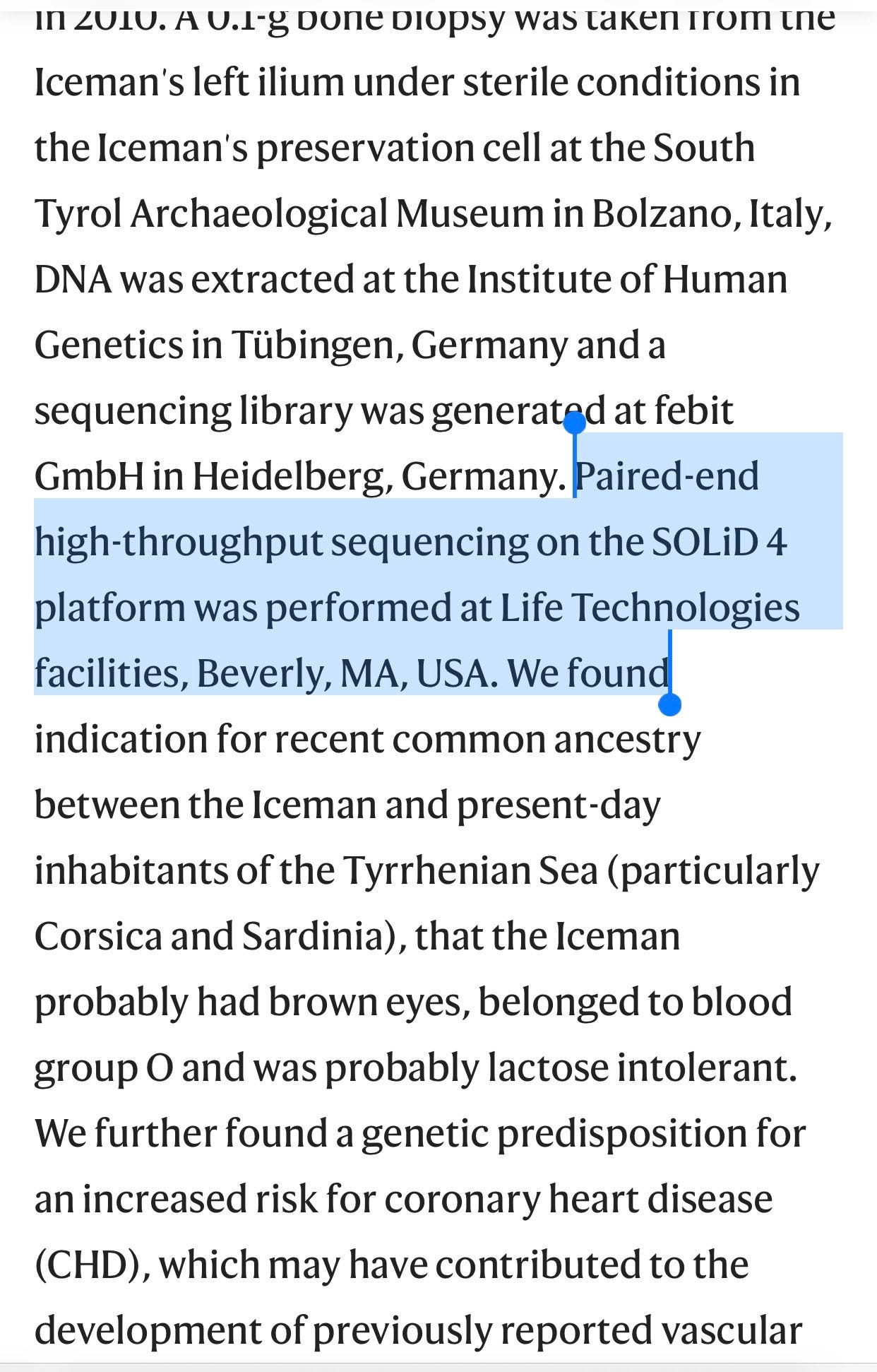

What amazes me is that ,instead of showing concern and digging in scientifically to learn the extent of the DNA contamination, people come after you and try to poke holes in the data you found.
If the FDA and CDC were doing their jobs, these jabs should have been pulled Jan 2021.
Thank you Kevin. The truth always wins. Peace.